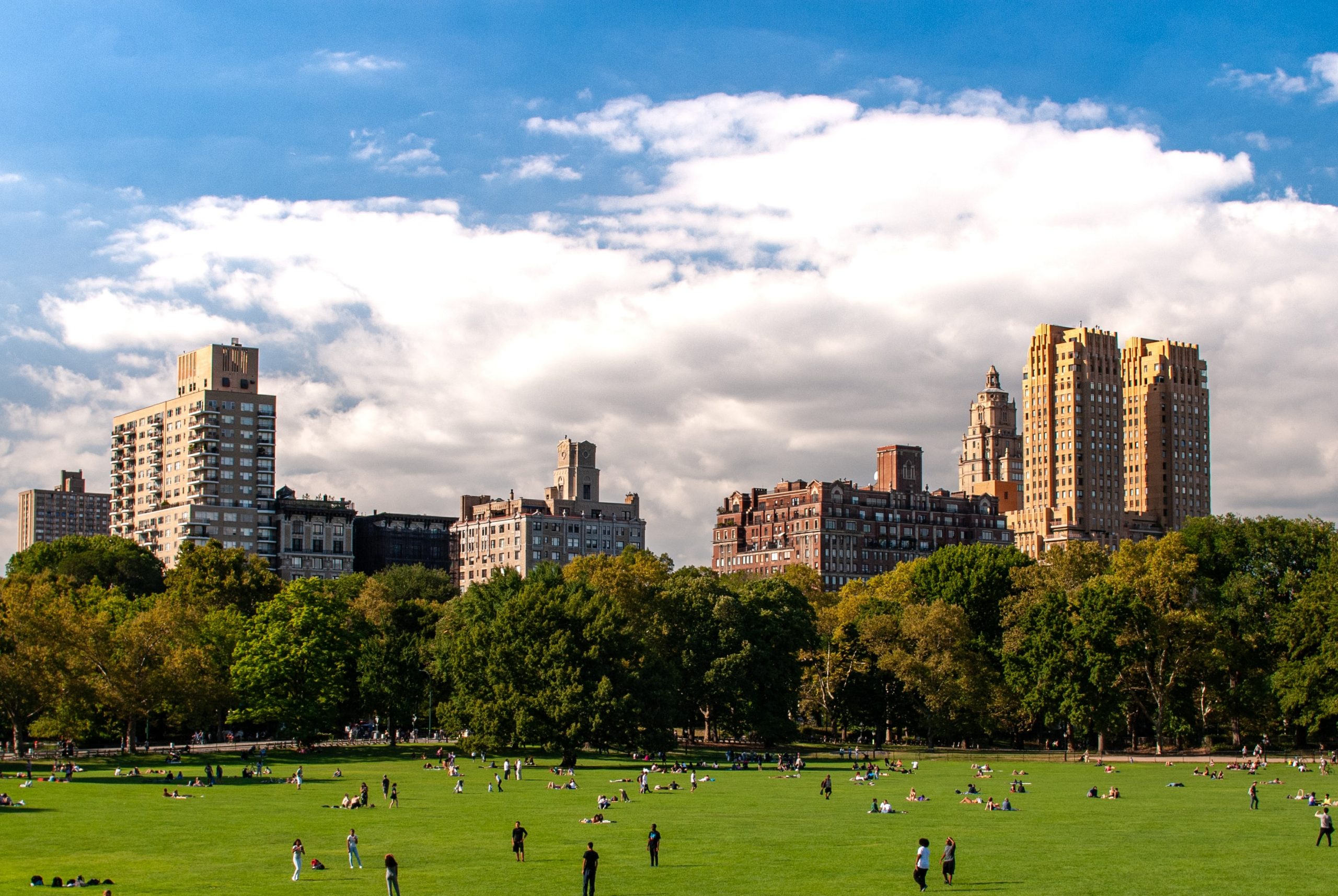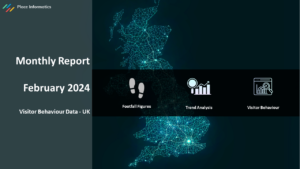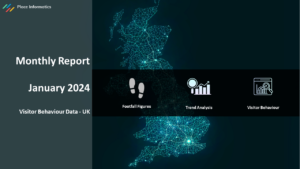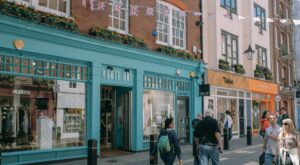The UK is surrounded by a network of national parks, areas of outstanding natural beauty (AONB) and other landscapes and green spaces. But it is true not everyone can readily visit a national park or AONB and certainly not daily. This stresses the importance of public access to good quality urban parks on their doorsteps, whether it is for exercise, recreation, events or appreciation of nature.
Frustratingly, key decision making around urban park management is repeatedly based on limited visitor behaviour and footfall data. To ensure urban areas can continue to offer high-quality green spaces, choices made by park managers and green space officers need to be data driven to ensure they are effective and highly impactful.
Place Informatics specialises in footfall and visitor behaviour data for over 11,000 green spaces, which help individuals to make informed, evidence based decisions surrounding their urban parks. Access your urban park and visitor behaviour data and unlock the ability to plan and manage your green spaces to the highest level.
Listed below are four key benefits of being able to access up-to-date green space footfall and visitor behaviour data for successful urban park management.
1. Visitor Hotspots
Understand your most frequently visited park routes and locations. Our heatmap data shows ‘visitor hotspots’ and informs decisions surrounding the park location for art displays, events, ice cream vans and facilities such as park benches and litter bins. Additionally, find out which areas of your park may require increased maintenance e.g. litter picking and path resurfacing.
2. Visitor Home Postcodes
Track down to the postcode level where your visitors come from to enjoy your urban park. Understand the percentage share of your urban park visitors by 3 home postcode types:
- Core (neighbouring postcodes whose population may visit daily)
- Local (visitors from further afield possibly visiting weekly or monthly)
- Tourist (regional or national visitors, who visit infrequently)
3. Event Footfall
Measure the success and popularity of events held in your urban park. Track footfall levels over your event period for any specific area, the whole of the park, the streets surrounding your park, or a combination of all three.
4. Park Planning
Understand peak and off-peak times – hourly, daily and weekly for your urban park. Predict how busy your park will be and plan accordingly. For example, on a day forecasted for higher footfall levels, you may decide to carry out park maintenance at a quieter hour of the day. Peak and off-peak footfall data can be used to support the commercialisation of your urban park e.g. helping a café or art gallery to know when is the best time to open and plan staff accordingly.
Find out more about our urban park management data here
To discover urban park footfall and visitor behaviour data available in our dashboard please drop us a message via the contact page or call us on 0161 706 1343.






